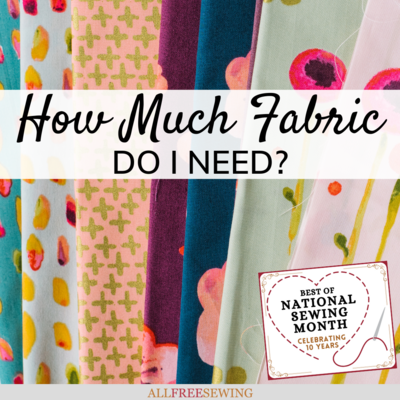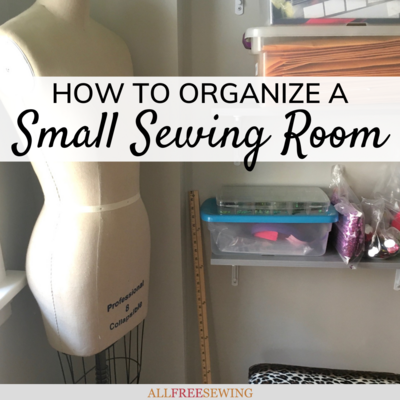How to Cover Up Sewing Mistakes
Sewing is hard sometimes and we all make mistakes. Learn how to avoid, cover up, or fix sewing mistakes with these tips!
Everyone makes mistakes when sewing, even those with years of experience. When it comes to types of sewing mistakes, they can range from a superficial mark to a large tear in the fabric to an uneven hem.
Luckily, many mistakes can be covered up using materials that are already in your sewing kit. This page goes over common blunders in hand and machine sewing and how to cover up sewing mistakes.
If the sewing error is concentrated in a small-ish area it will usually be easier and faster to fix, often with patches or appliques.
For crooked hems and other measuring blunders, bias bindings and fusible hem tapes can also provide a solution. While this guide won't go over every mistake you might make while sewing, we know it will provide much needed sewing help on some of the most common issues.
Plus, scroll to the bottom of the page for links to some of our favorite sewing resources. These pages will help you with all sorts of tools, techniques, and more!
Sign Up For More Free Patterns
Note: Before starting to cover up a sewing mistake, first assess the damage and remove any excess threads or other materials that aren’t needed. This will prevent the repair from becoming bulky or looking messy.
FIRST! Beginner Sewing Resources
If you're a beginner, then you'll want to take a look at these helpful pages. Everything below is going to help you master basic techniques, speed up your processes, and get you on the right track for becoming a masterful sewist.
- How to Use a Seam Ripper
- How to Use a Thimble
- Sewing Tools & Equipment
- What Types of Thread to Use
- Sewing Machine FAQs & Fixes
- What Fabrics Can Be Tie-Dyed?
- How to Stop Fraying on Fabric
- How to Sew Slippery Fabric
- Ultimate FAQs Guide
- Glossary of Sewing Terms
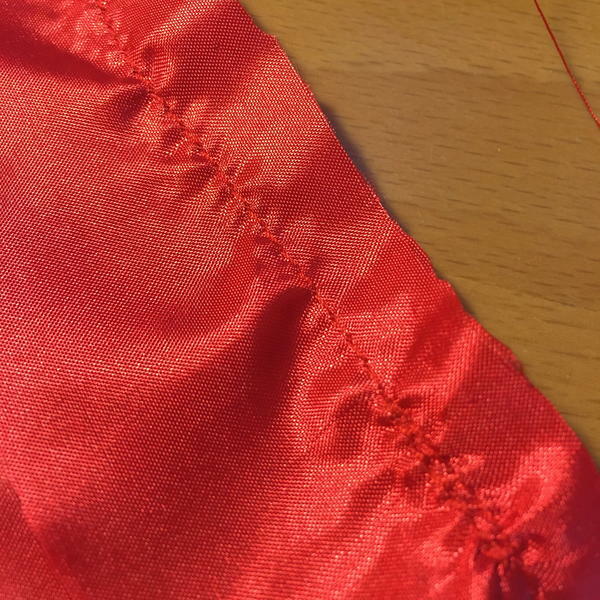
Use Patches and Appliques for Mistakes
Covering up a sewing mistake with applique or patch is an easy fix. They are available in endless designs, sizes, and styles in pre-made versions. There are a few differences between appliques and patches.
Appliques are often created with sequins and beads (making them sparkly and shiny), while patches are mostly created by a machine using embroidery materials (like floss).
Image below: How to Sew on Sequins
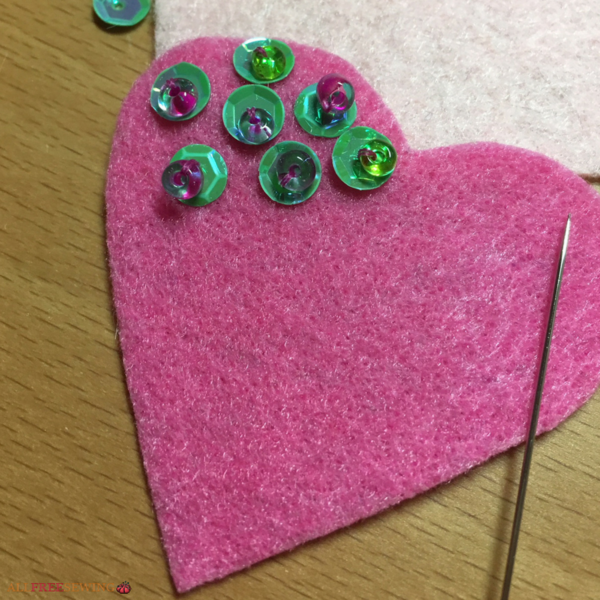
Patches are also typically either iron-on (with a heat-activated glue backing) or sew-on (without glue). Appliques are almost always sewn on by hand.
Fabric glue or Liquid Stitch can also be used to attach patches and appliques in some cases (just be careful the glue won’t show through). This works best for items that won’t be machine-washed.
Learn more by reading our guide, How to Sew a Patch.
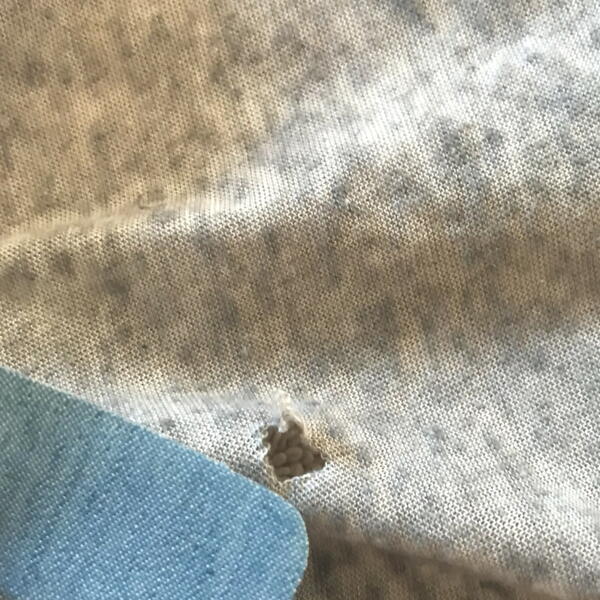
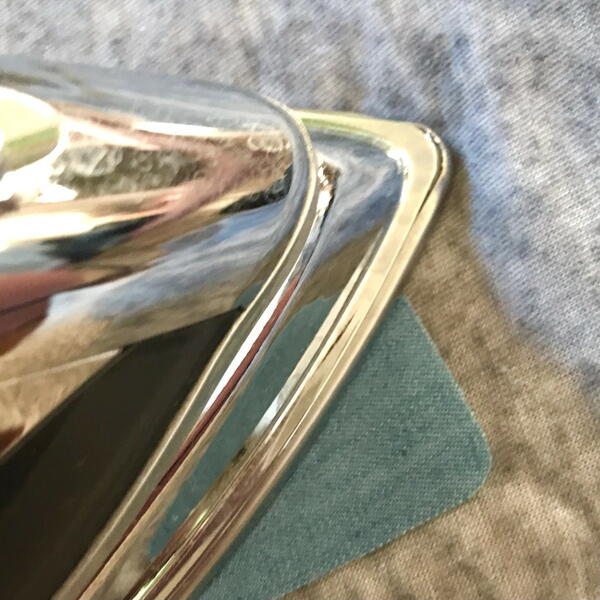
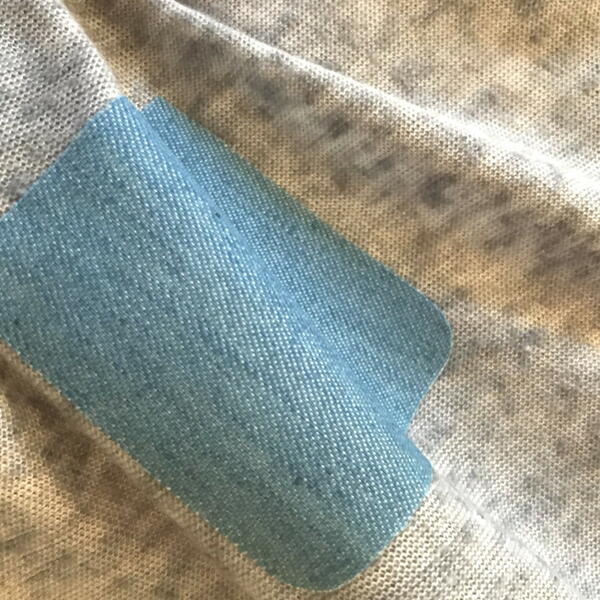
Bias Tape for Covering Up Sewing Mistakes
This method is helpful if you've mistakenly cut and sewn a garment without finishing the raw edge, or have overlocked it incorrectly. Sold in flattened rolls, bias tape comes in a variety of colors, finishes, and thicknesses.
Image below: What is Bias Tape? Sewing Guide + Tutorials

It gets its name from the fabric strips being cut on the bias (the stretchy 45-degree diagonal direction of most fabrics).
If you don’t have pre-made bias tape available you can make your own using a commonly-available tool. A satin-y ribbon can also be used to bind raw edges and hems in some situations.
Image below: Simplicity Bias Tape Maker Review
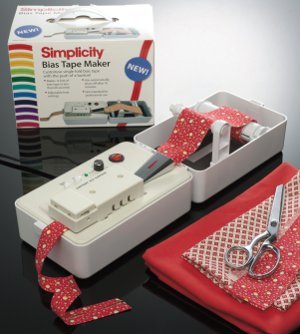
Fixing Mistakes With Fusible Hem Tape
Similar to bias tape, fusible hem tape comes in a long strip wrapped into a roll. It has a glue-covered side that is activated when ironed, making it perfect for fixing a seam with visible mistakes. For instance, if the bottom of a skirt is totally uneven, hem tape can help quickly create a uniform folded edge.
Unlike bias tape, hem tape is a single layer and not pressed in half. This allows it to connect two sides invisibly from the inside, while bias tape can usually be seen on the outside.
Learn more about fusible hem tape in our guide, Types of Hems.
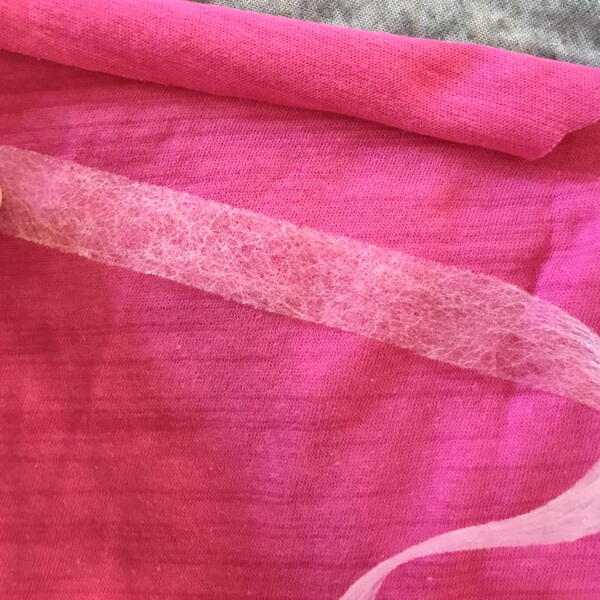
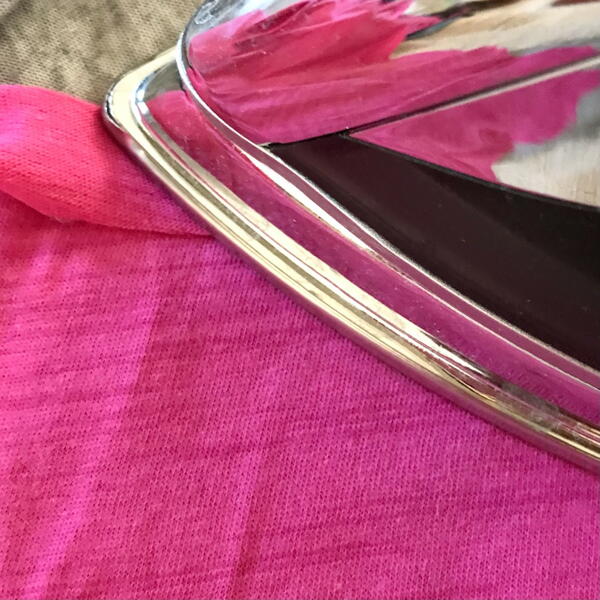
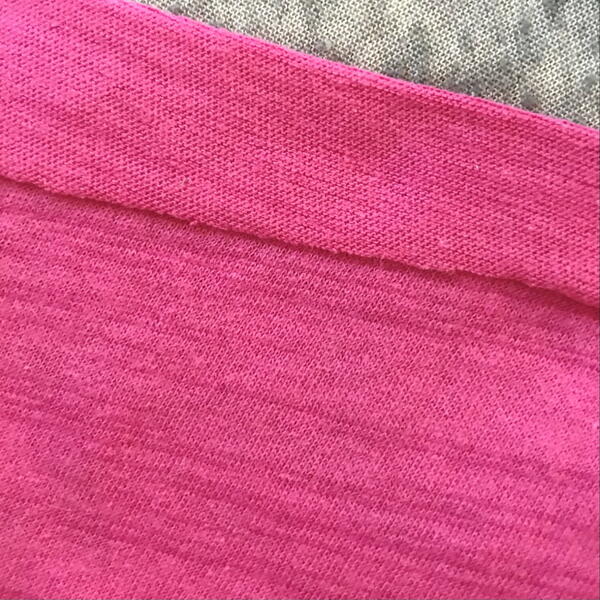
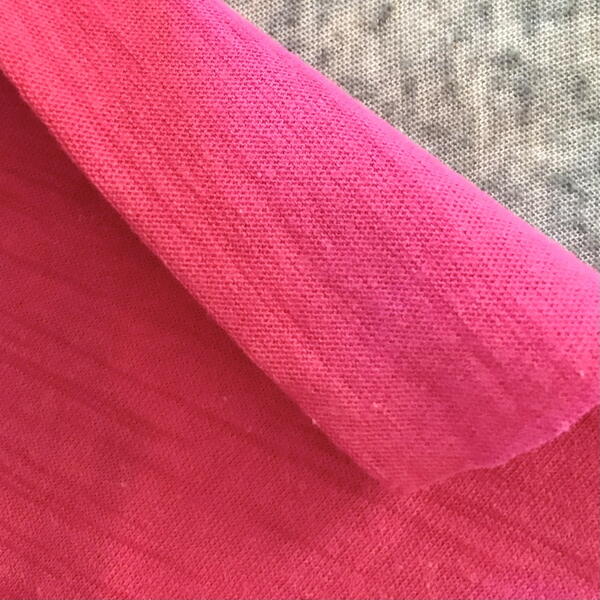
Layering Fabric to Cover Sewing Mistakes
Finally, another option for covering up sewing mistakes is to layer additional fabric over the error. This works best on garments and home decor designed with ruffles, 3-dimensional flowers, and gathered fabric elements.
Image below: How to Make a T-Shirt Quilt
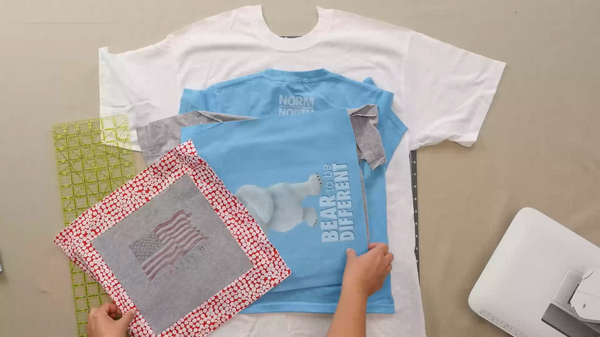
When using layering to fix a sewing mistake, decide if it needs a whole new layer or just a partial addition. If the clothing or decor item is very full and busy and the error is small, a “mini” layer that covers it up may be enough. If you have more of the exact same fabric that is ideal, but if not try to match it as close as possible.
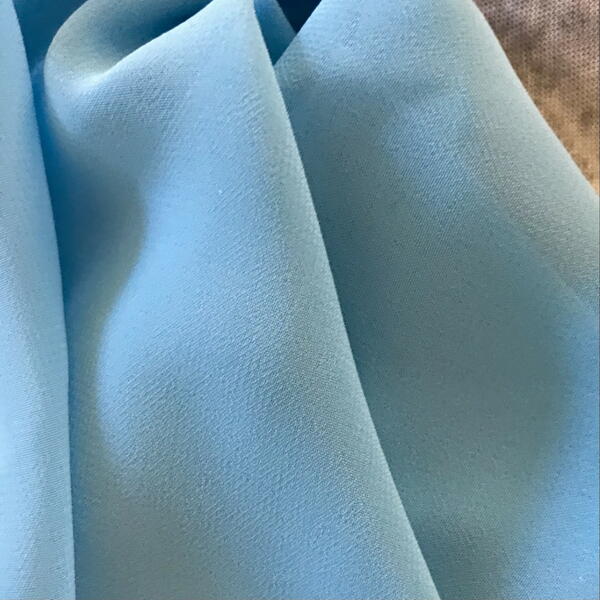
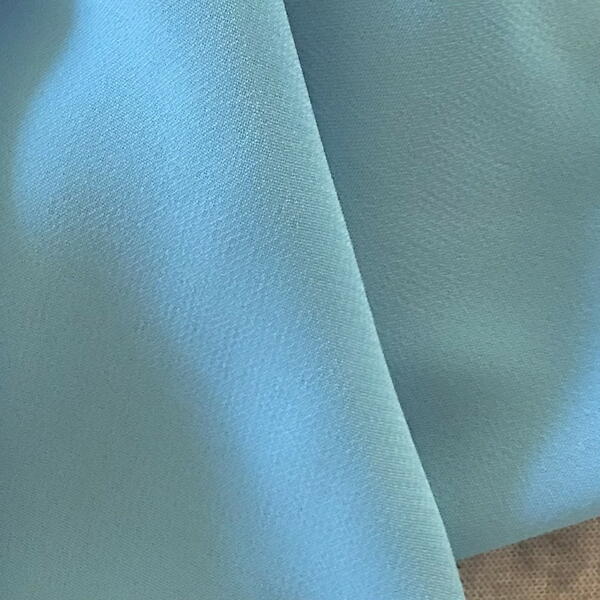
Want More?
Sewing Machine Paper Practice Sheets >>
What other techniques have you used to cover up sewing mistakes?
Read Next50+ Sewing Crafts That Sell Well

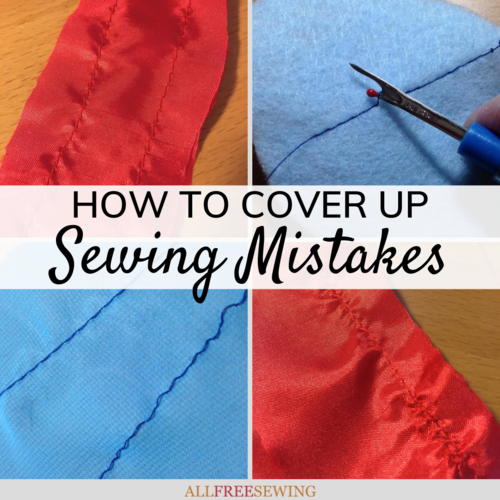
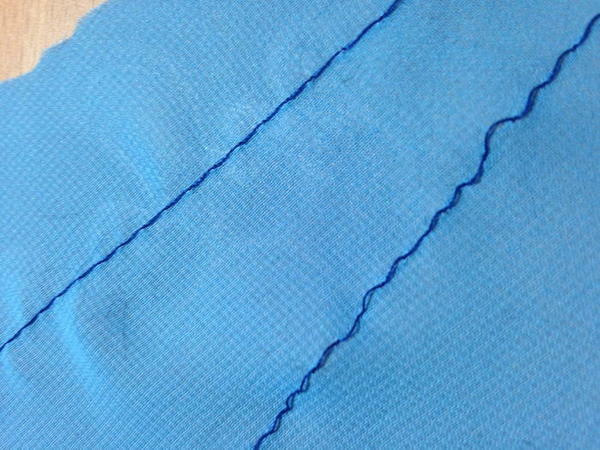
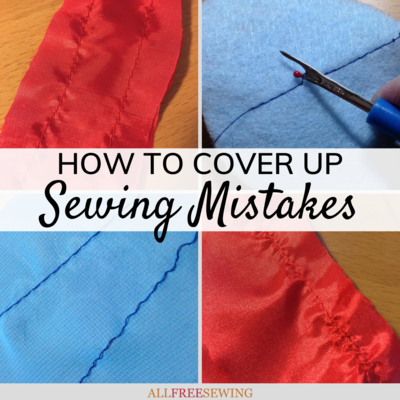
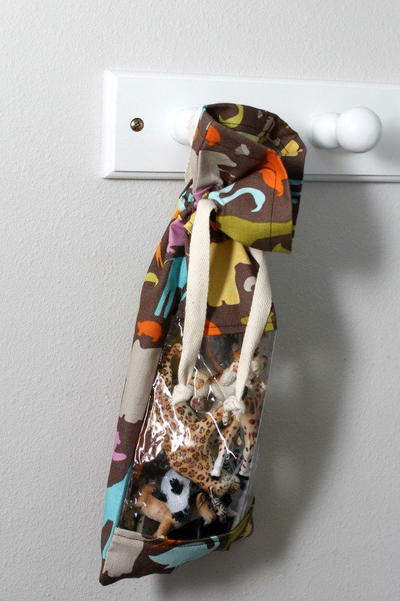
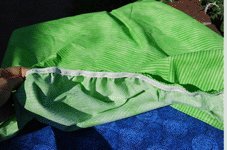




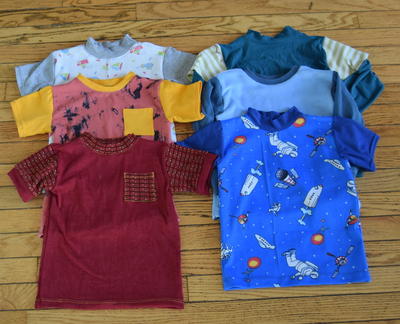
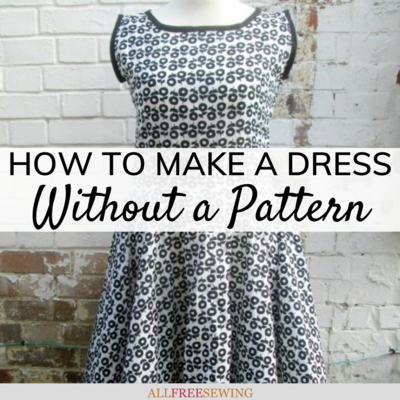
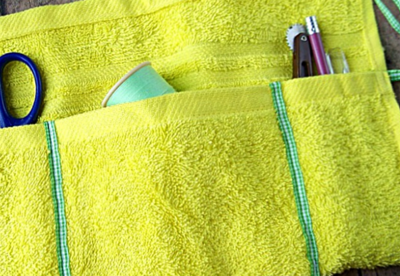

![Know Your Skirts Guide [Infographic]](http://irepo.primecp.com/2021/10/509029/Know-Your-Skirts-Infographic-square21-nw_Large400_ID-4536247.png?v=4536247)
